In your professional career, you've probably been in a situation where an almost completed, cross-team project suddenly takes a turn because the customer expresses new requests. If this sounds familiar to you, agile project management could be the key to overcoming such challenges more effectively.
In this post, we'll look at the basic principles of agile project management. We'll also show you how you can immediately enter the world of agile project management with tools like monday.com.
What does agile project management (APM) mean?
Agile project management involves a flexible, iterative approach that spans the entire life cycle of a project. This approach is particularly popular in software development, as it ensures quick adjustments and efficient project implementation.
The term “agile” includes various methods such as Scrum, Kanban and extreme programming. These methods enable teams to work on different aspects of a project in parallel. Continuous improvements and adjustments are made based on direct customer feedback and new findings.
Agile project management vs. the classic waterfall method
Agile project management is fundamentally different from traditional approaches such as the waterfall method. Here are a few key differences:
Agile project management
- follows an iterative approach, dividing work into cycles or sprints
- The focus is on collaboration, communication and flexibility
- Constantly adapts to new requirements during project execution
- Requires the active involvement of the customer, client, or product owner
The five phases of agile project management
1. Planning
In this phase, the teams are first set up and the needs of the stakeholders are taken up. From this input, a vision for a product or service is developed.
2. Concept
In the second phase, the project team creates a list of all requirements for the end product and defines the key milestones in a roadmap.
3. Exploration
In this phase, testing and trying out takes place. When working on the project, care is taken to ensure that the project requirements are met, but the teams are also exploring alternatives to meet the project requirements. The teams work on individual milestones and iterate before moving on to the next milestone.
4. Test
The teams review the results achieved and make adjustments as necessary. In this phase, the focus is on modifications or improvements based on feedback from customers and employees. It's important to continuously collect feedback to ensure that all aspects of the project meet users' needs. With each repetition, the project should be continuously optimized.
5. Conclusion
In the final phase of agile project management, the focus is on reviewing and adapting the product or service. Teams evaluate the results achieved and make necessary modifications to ensure that the project meets updated requirements. In addition, particular emphasis is placed on carefully analyzing errors or problems that have occurred. This reflection serves to avoid similar difficulties in future projects and to ensure continuous improvement of the process.
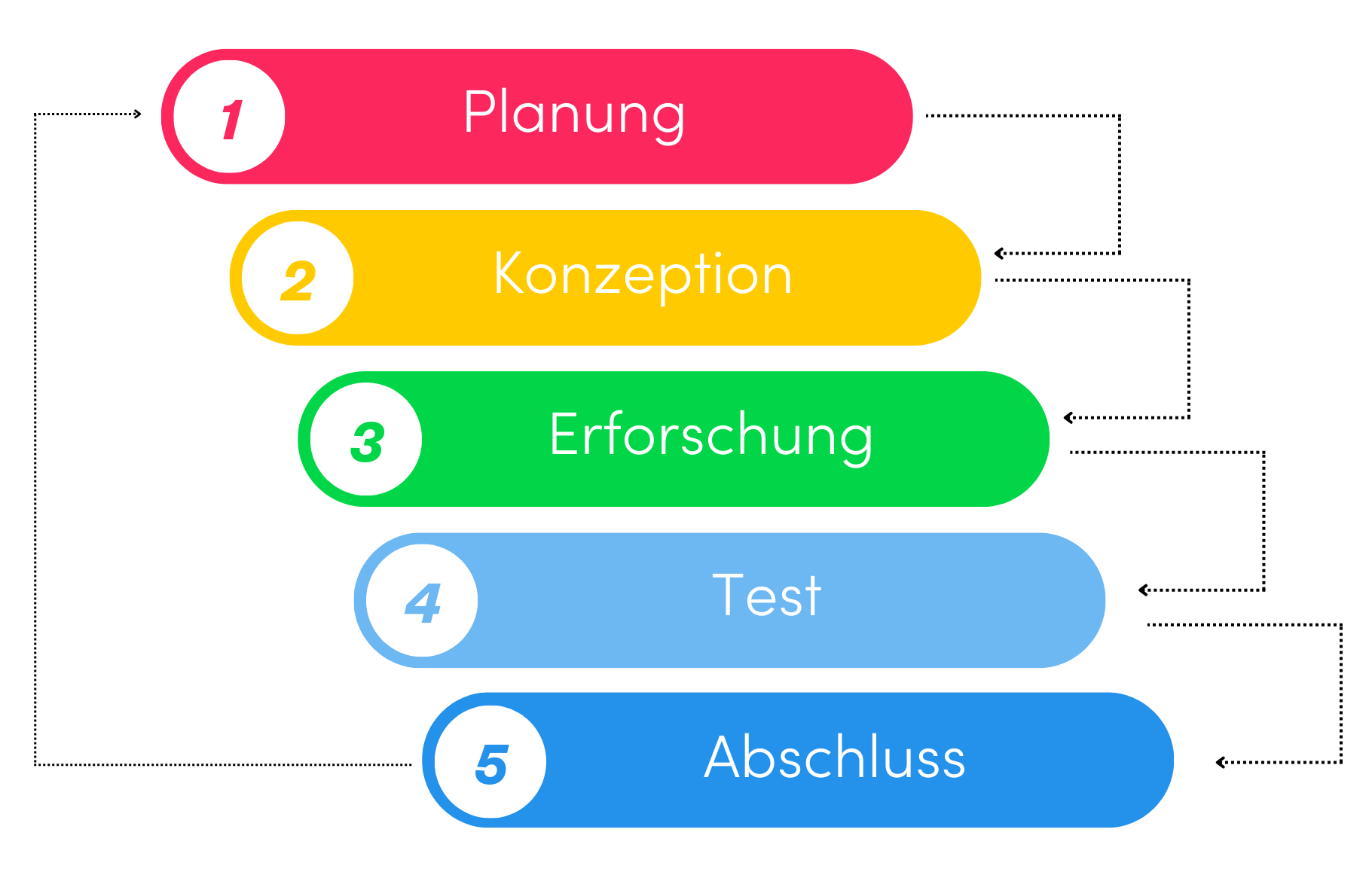
Waterfall project management
- Takes a linear approach, dividing work into different phases
- The focus is on planning, documenting and complying with a predefined process
- Prioritize delivery of a fully completed project with project completion
- Enables conditional involvement of the customer in the development process
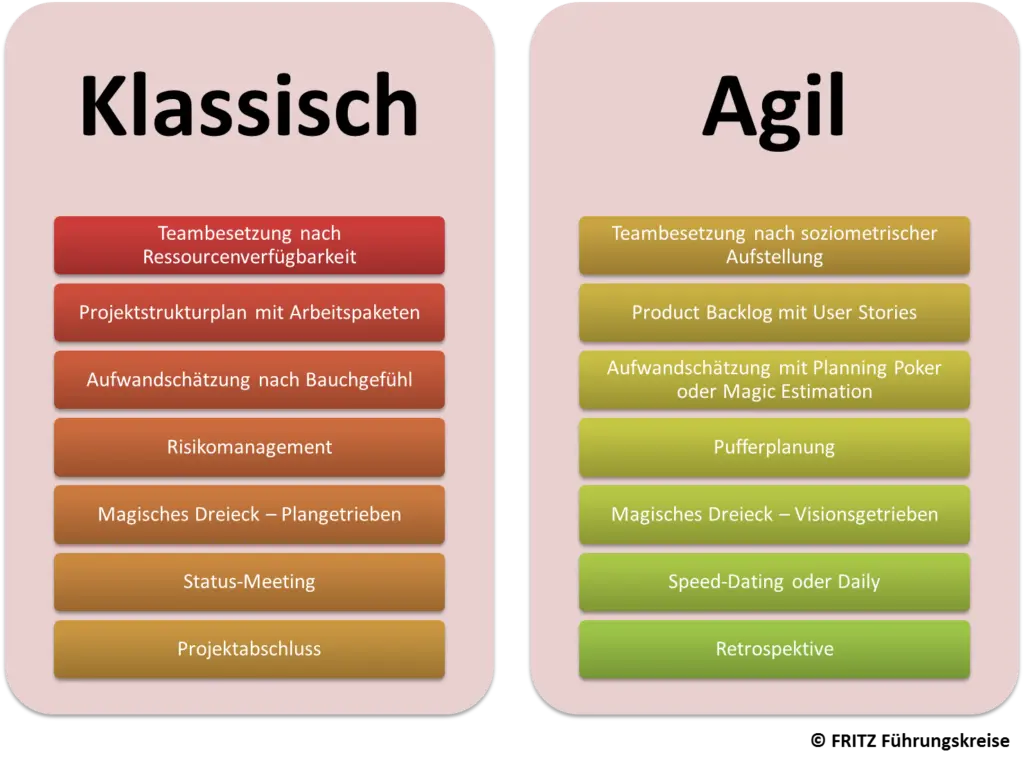
When is agile project management (APM) appropriate?
Agile project management, originally based in software development, enables teams to improve performance monitoring through regular sprint reviews and so-called Scrum sessions, which is a significant advantage over traditional methods.
This method is not only limited to software projects, but can also be successfully applied in other areas that require a certain degree of flexibility. Today, companies of all types are using agile systems to effectively manage their tasks and track progress, even when it doesn't involve creating physical products.
Agile approaches speed up the work process, which enables a faster market launch, while at the same time making adjustments to market dynamics.
Ideal scenarios for using agile project management (APM):
- When project requirements are constantly changing and difficult to predict.
- For complex projects that require a variety of iterations.
- In situations where regular feedback from stakeholders or customers is important.
- In projects involving high risk or uncertainty.
- For companies that aim to create added value.
Take the opportunity to discover the pros and cons of agile project management by trying out the free trial of monday.com WorkOS!
Core principles of agile project management
The agile manifesto defines twelve key principles that underpin the philosophy of agile project management:
1. Focus on customers
Make sure everything you do is focused on the needs of your target audience.
2. Openness to change
Welcome changes, even at advanced stages of development, to give your products and services an advantage in the market.
3. Frequent delivery of functional versions
Focus on regularly completing small, working versions of your project.
4. Combine expertise
Bring subject matter experts together to avoid discrepancies and ensure better alignment with the needs of your target audience.
5. Team motivation and support
Create a work environment that encourages team members to do their best.
6. Seek out private conversations
Regular feedback is the be-all and end-all of agile project management.
7. Measure progress with working versions of the end product
Make course corrections as needed.
8. Promote sustainable development
Focus on continuous and long-term progress instead of short-term success.
9. Focus on technical excellence
Always pay attention to excellent design and high-quality technical solutions.
10. Simplicity and efficiency
Focus on developing a Minimal Viable Product (MVP) to use time and resources efficiently.
11. Independent teams
Encourage self-organization and personal responsibility within the team to increase motivation and productivity.
12. Regular reflection and review
Without evaluating your workflows, you won't be able to learn anything or make progress.
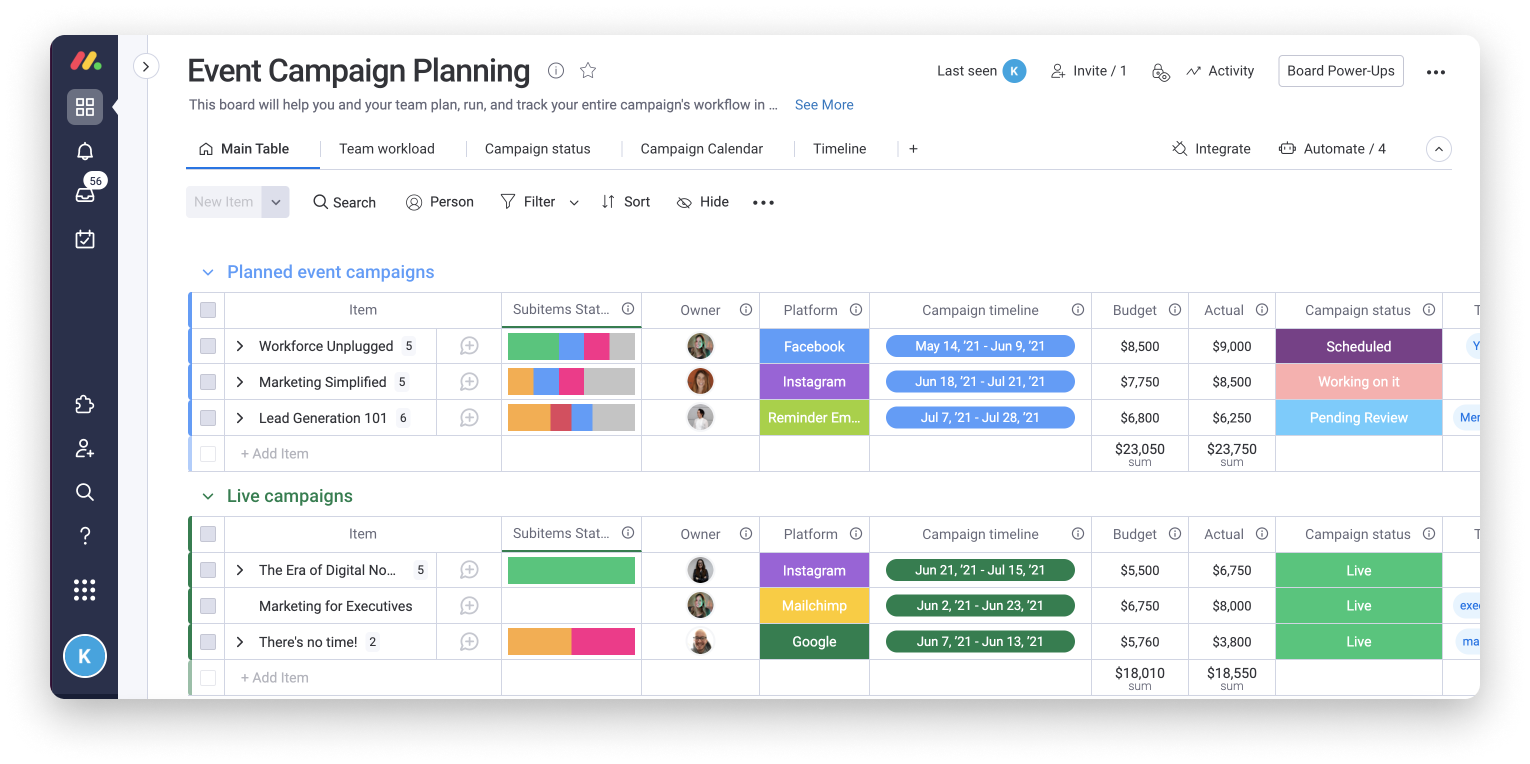
What are the benefits of agile project management (APM)?
Agile project management is ideal if you strive for the following goals:
Increasing customer satisfaction
The ultimate goal is to completely satisfy customers. This includes not only excellent communication, but also ensuring that the end product meets their expectations. Agile methods are designed to constantly meet customer needs by continuously updating and improving them, rather than waiting for a final product release.
Dynamic changes
In contrast to linear projects, which offer little scope for change after completion of a phase, agile project management is characterized by its adaptability. This makes it possible to react quickly to changing customer requirements and to minimize the risk of miscalculations.
Efficient use of resources
Agile methods make it possible to make adjustments at an early stage, which can lead to significant savings of time and costs. The project does not have to be restarted from scratch, but can be flexibly modified.
Encourage team collaboration
Agile project management promotes intensive collaboration within the team and across departmental boundaries. This approach promotes regular exchange and discussion, which stimulates creativity and innovation within the team. Each team member knows their tasks and can effectively contribute to the overall project.
Agile project management with monday.com in five steps
monday.com provides a comprehensive, automated platform with customizable templates for agile workflows. Here are five core features to optimize your agile project management:
1. Diverse data integration: With over 72 integrations, monday.com allows you to connect different departments and tools, such as Zendesk and Jira, to make teamwork easier.
2. Dynamic product roadmap templates: Create and manage real-time product roadmaps that automatically provide updates on project progress.
3. Guest access for stakeholders: Provide stakeholders such as VIP customers or project sponsors with specific access rights to simplify collaboration, supported by integrations for remote communication.
4. User-defined sprint planning: Use digital boards to clearly represent your sprints and iterations, complete with color-coded statuses and responsibilities.
5. Synchronized real-time dashboards: Combine information from various sources on tailored dashboards to get a comprehensive overview of projects.
Is agile project management right for you and your project team?
You're probably thinking about whether and how agile project management could increase your team's transparency and productivity. Then just try it out. A good way to get started and ensure a smooth rollout is to build these processes with monday.com.
Conclusion
Agile project management is a flexible and iterative approach that is particularly suitable for projects whose requirements can change quickly. It stands out from the traditional, sequential waterfall model due to its focus on customer satisfaction, team collaboration and the ability to quickly adapt to new circumstances. Agile methods such as Scrum and Kanban allow teams to work in short cycles, obtain continuous feedback and improve products step by step. This approach is particularly suitable for complex projects with unclear requirements or a high need for changes. Tools such as monday.com support the implementation of agile principles through features for planning, collaboration, and monitoring project progress.
If you have any questions or if we can help you implement monday.com, feel free to contact us for a free initial consultation.


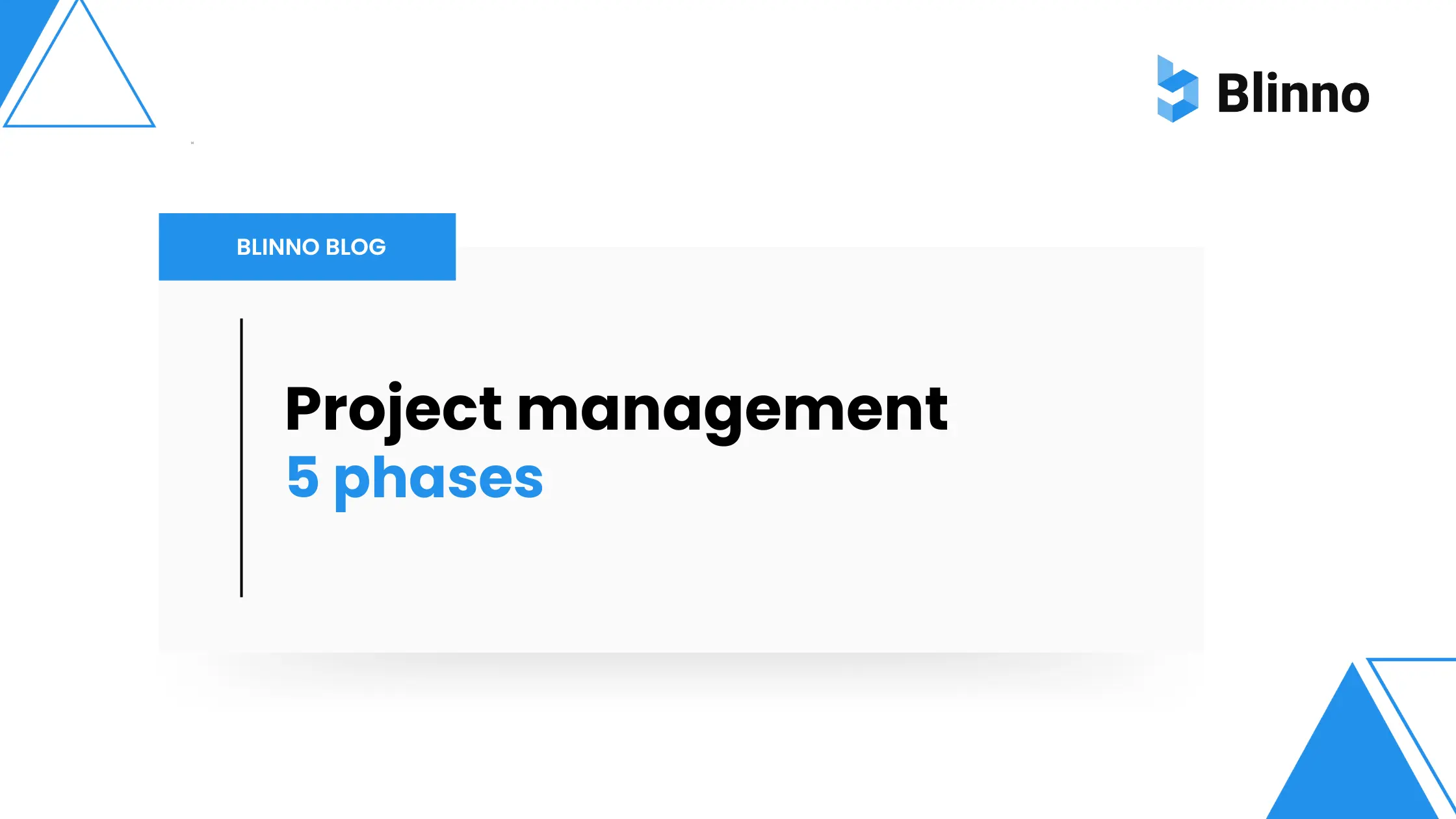
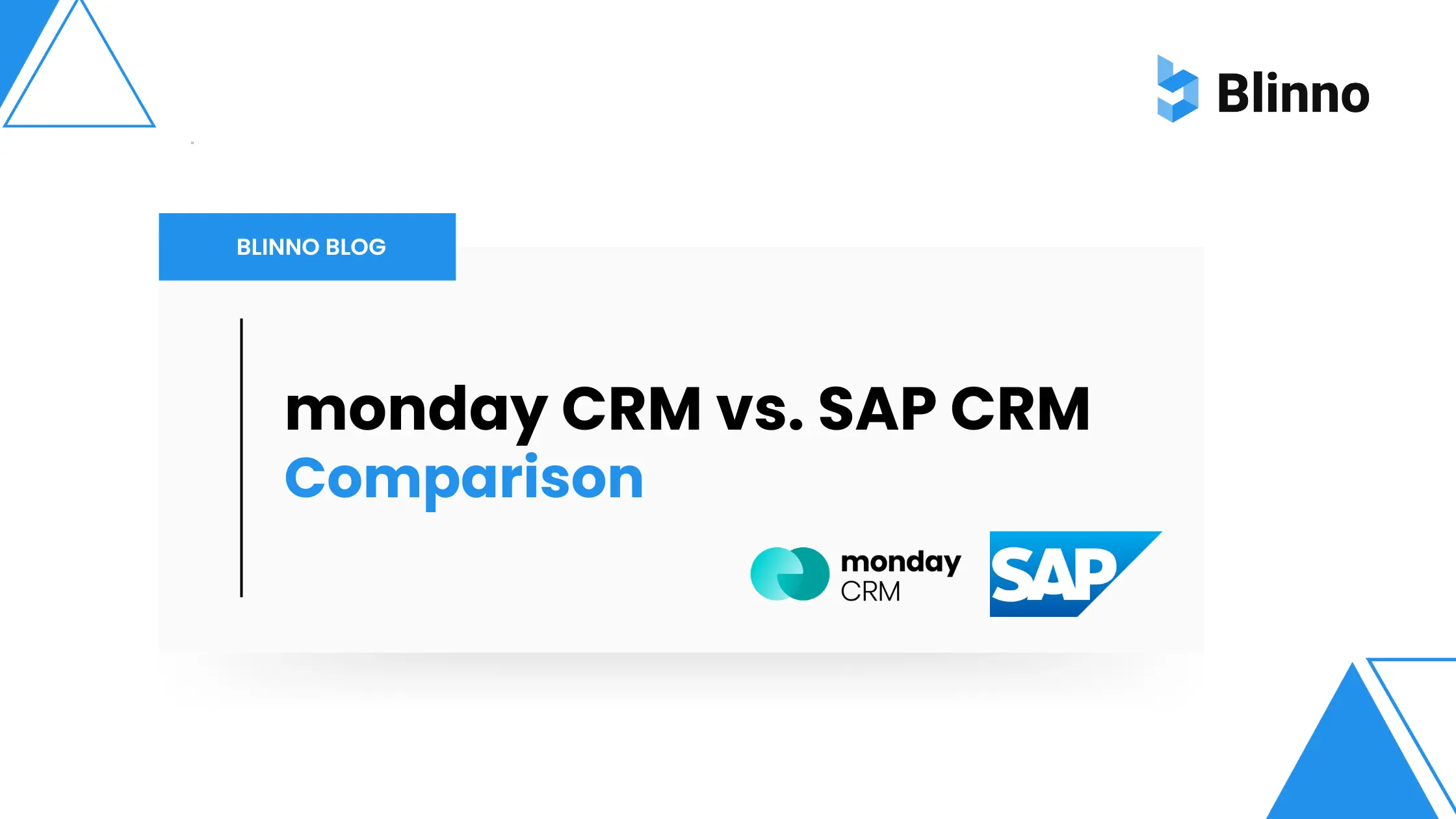
.svg)